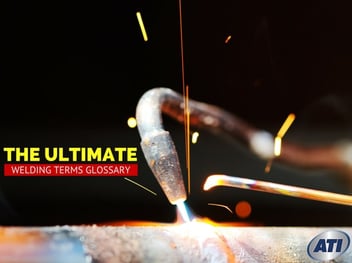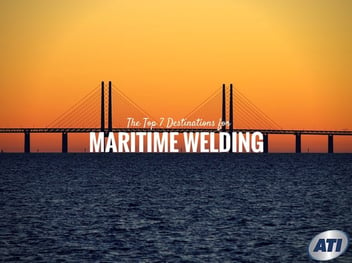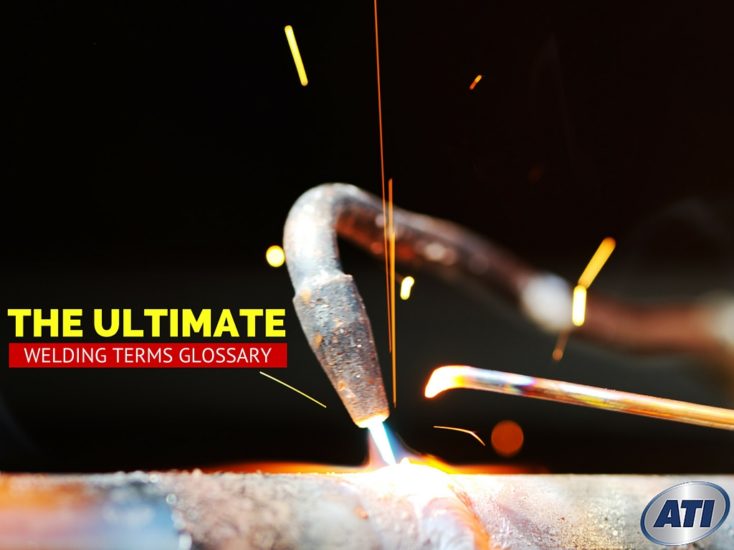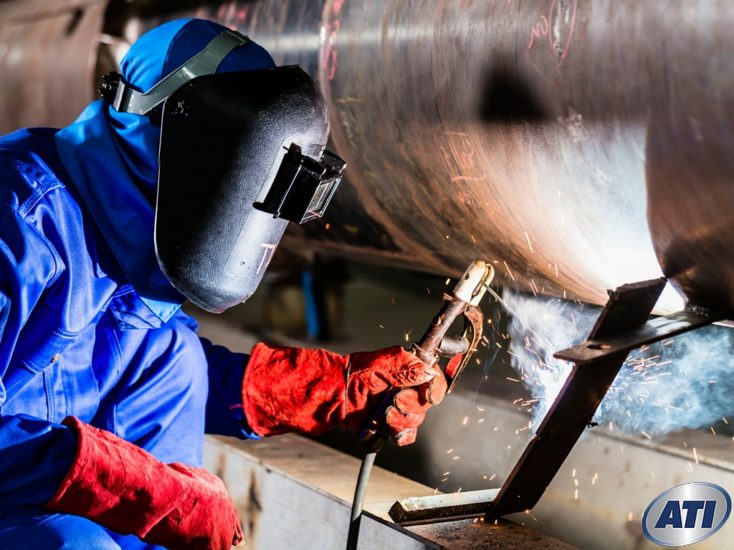Six Useful Tips for Landing a Maritime Welding Apprenticeship

Maritime welding, separate from the specialty of underwater welding, is almost exclusively done in shipyards around the coastlines of our country. In dry-docks and shipyards, maritime welders help build new ships, repair old ones, and (sadly) cut up outdated ships for scrap metal. Getting a job as a welder working around boats, submarines, and ships can be a great path to financial success. Getting the job, however, depends on your skills. One way to gain the skills is through welding apprenticeship programs.
Who Needs Welding Apprentices?
When an industry cannot find enough talented workers for available jobs, then the industry becomes a training ground. Ship builders and haul-out specialists are suffering a shortage of maritime welders because the working population is aging out (retiring) faster than young workers are entering the profession. The first tip for landing a maritime welding apprenticeship is to be young, but no younger than 18.
Live Near Shipyards
Sure, you could relocate for a job worthy of your time and investment in moving. Maritime welding apprenticeships pay you to learn a valuable skill. So if you live, say, in Tyro, Kansas (population 215), and want to be a tyro at welding (tyro: a novice, a beginner; of course it’s a real word), you should plan to move to one of these cities:
- Jacksonville, Florida
- Mayport Florida
- Mobile, Alabama
- New Orleans, Louisiana
- Newport News, Virginia
- Norfolk, Virginia
- Pascagoula, Mississippi
- Pearl Harbor, Hawaii
- San Diego, California
- San Francisco, California
This is because shipyard apprenticeship programs all operate out of the major shipbuilding and dry-dock yards in those port cities.
Investigate Apprenticeships for Welding
The major shipbuilding companies all have apprenticeship programs:
Bath Iron works, for example, has been in business since 1890, building more than 400 vessels. It builds Navy vessels and needs civilian maritime welders (as well as many other trades) to keep the shipyards operating. The apprenticeship program provides nearly 1,000 hours of instruction and results in a diploma from BIW and a journeyman certification.
Graduate High School
No apprenticeship program expects you to already know how to weld, but if you have the opportunity to take high school or community college welding courses, take them. Show enthusiasm for the work.
Stay in high school, even if your academics are bumpier than a poorly puddled weld. If you are reading this and still have a year or two in high school, bear down, bump up your grades (tutors, study groups, guidance counselors are all available in most high schools), and keep your eye on the future. Graduate so you can enter an apprenticeship program with a track record of completing what you start. You will need strong study skills to be successful.
Know How to Drive
Apprenticeship programs have basic requirements, including possession of a valid driver’s license (you need to get to work and class) and physical ability to perform the work. You will be expected to spend up to five years in an apprenticeship program. You also have to pass security clearances to work in shipyards that provide services to the military. Speaking of the military…
Join the Military
You can learn some basic techniques in the military, and then use the GI Bill to pay for a maritime welding apprenticeship upon exiting the service. It is, perhaps, not the ideal career path, since you will give up several years of your life to basic training, serving the country, and potentially being shipped off to distant lands like Thule Air Base on the northwestern coast (yeah, that’s the colder coast) of Greenland.
Anyway, if you survive Thule Air Base and its routinely 40 below 0 temperatures (that’s in Fahrenheit, of course—in Celsius, that’s…also minus 40. Hmmm…), under the Post-9/11 GI Bill you can receive a sliding percentage of your Monthly Housing Allowance (MHA), starting with 100 percent during the first six months of training. Post-9/11 GI Bill recipients also get up to $83 per month for books and supplies.
Get Welding Education
Going to a trade school before joining an apprenticeship program gives you a head start on the practical skills the apprenticeship will teach. In addition, a good trade school program can provide a grounding in safe practices, which is essential for the hazardous work of welding in shipyards and dry-docks.
Is a former student I enjoyed my time at ATI with my education I landed a job at Toyota
Posted by Jordan Harris on Friday, August 14, 2015
Want to Get Started in Welding?
An excellent beginning for an apprenticeship program would be with ATI’s 55-week Maritime Welding AOS Degree program. Learn the essentials of the trade, gain confidence in your abilities, and then go to the head of the class in a maritime welding apprenticeship.
DISCLAIMER – Advanced Technology Institute (ATI) makes no claim, warranty, or guarantee as to actual employability or earning potential to current, past or future students or graduates of any educational program offered. The Advanced Technology Institute website is published for informational purposes only. Every effort is made to ensure the accuracy of information contained on the AUTO.edu domain; however, no warranty of accuracy is made. No contractual rights, either expressed or implied, are created by its content.
Gainful Employment Information – Maritime Welding AOS Degree
Gainful Employment Information – Maritime Welding (Diploma)
For more information about Advanced Technology Institute or any of our programs click here: http://www.auto.edu/ or http://ow.ly/VoydP.
Industry Knowledge
Welcome to the Advanced Technology Institute's Blog, your resource for industry insights and discussions on technologies shaping the future of automotive, heavy vehicle, hvac, welding, and other related career paths.
Explore how ATI's curriculum and hands-on learning opportunities can propel your career in the tech-driven world.






